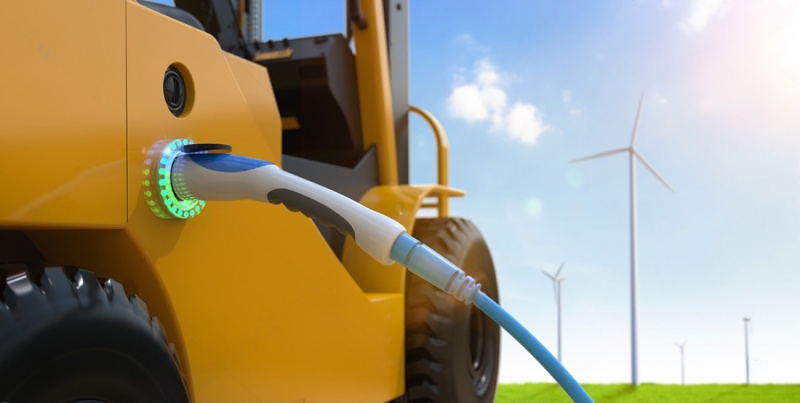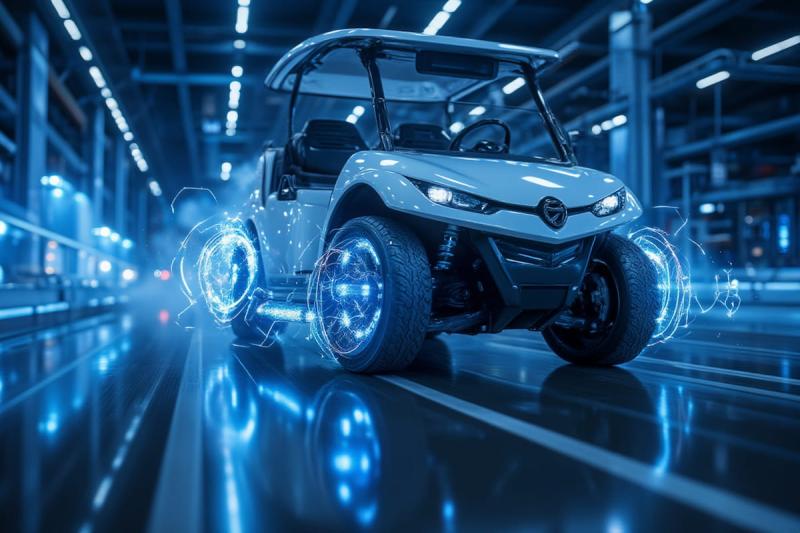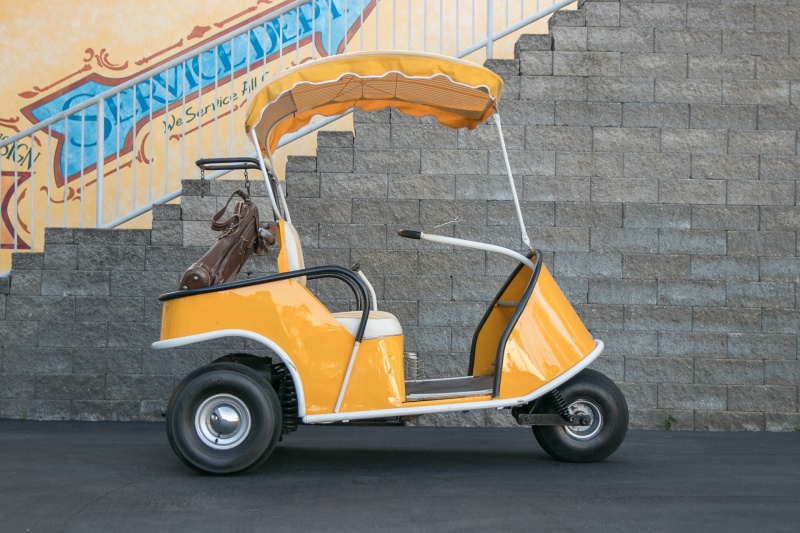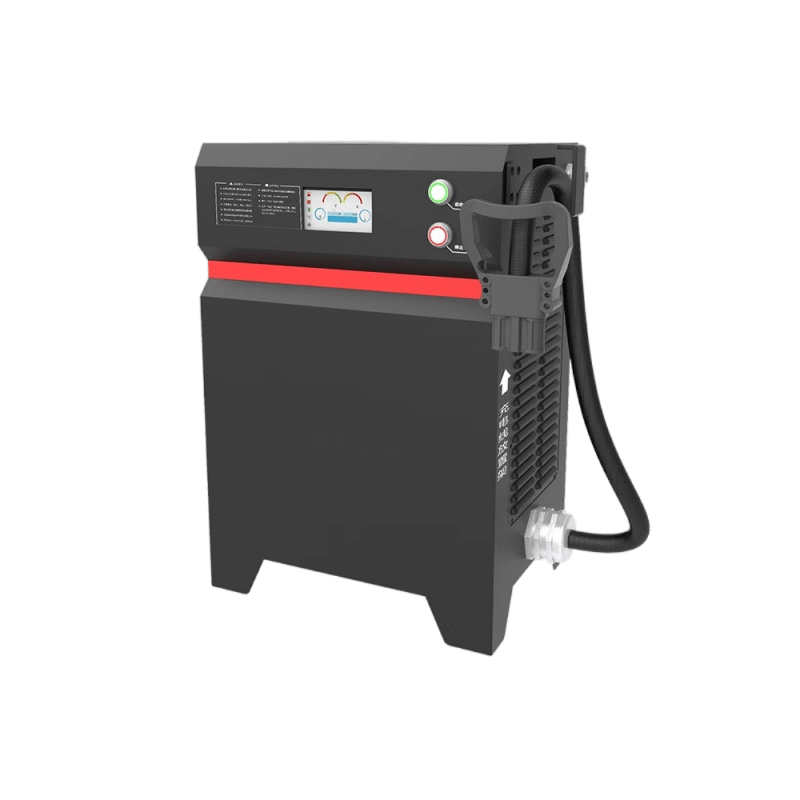As popularity and demand increases for Electric Powered Forklifts, choosing the right forklift battery charger is more important than ever. The wrong charger can damage your battery and void your warranty. And with batteries costing $4,000 to $20,000 each, no one wants to shorten the life of this expensive investment. The right battery charger will keep your battery healthy and optimize your forklifts performance for as long as possible. Let’s go through some important tips and formulas that will help you select the right battery for your lift truck and then calculate the proper charge output for the matching battery charger.
Before we get into selecting the correct charger, let’s take you back to the beginning:
For a lift truck, the battery is a large part of the counterweight of the truck, so it’s crucial that it has the correct weight or the truck will not lift its rated load nor will it pass safety inspections. The Battery MUST be the correct Size and Weight to ensure the forklift can lift what it is rated to lift.
The battery must of course be the correct Voltage for the truck. To determine what voltage your battery and charger must be it is best to check the forklifts spec plate. The voltage should be clearly marked on the spec plate under the model and serial number of the unit. Generally in Canada these voltages are 24V, 36V, 48V and 80V. The higher the voltage generally the more efficient the battery will deliver power resulting in longer run times between charges.
Next measure the battery compartment and ensure you get a battery that fits the truck well. The battery should be big enough to fit without too much extra space that the battery can move around while turning or braking the truck.
Next read the trucks capacity plate again for MIN and MAX weight for the battery – this is very important. A battery that is too heavy will strain the trucks steer axle and components unnecessarily and could void parts of the Manufacturer’s warranty. A battery that is too small will mean the truck cannot lift its rated load nor will it pass Safety.
Once you get the right voltage and forklift battery Size, (not too big nor too small) and you ensure it meets the minimum weight specified on the truck spec plate, then you can chose the AH Capacity that fits that requirement. The more AH (amp hours) the bigger the “fuel tank” and the longer the truck will run, but the more that battery will cost too.
Now you have picked the proper forklift battery type for the lift truck and can select the correct charger.
3 ways to charge a forklift battery
- “Standard Charge” (16-18% of the battery capacity per hour),
- “Opportunity Chargers” that charge faster (these chargers generally charge at 25% of the battery capacity per hour), or
- “FAST Charging Options” (these charge up to 40% of the battery capacity per hour but often limit your warranty on the battery as well).
Faster is not always better and the Fast Charge Option should only be used when absolutely necessary as it shortens warranty and wears the battery prematurely in general.
In our experience – Standard and Opportunity chargers are the best options when combined with good battery brands and efficient forklifts like Linde and Komatsu.
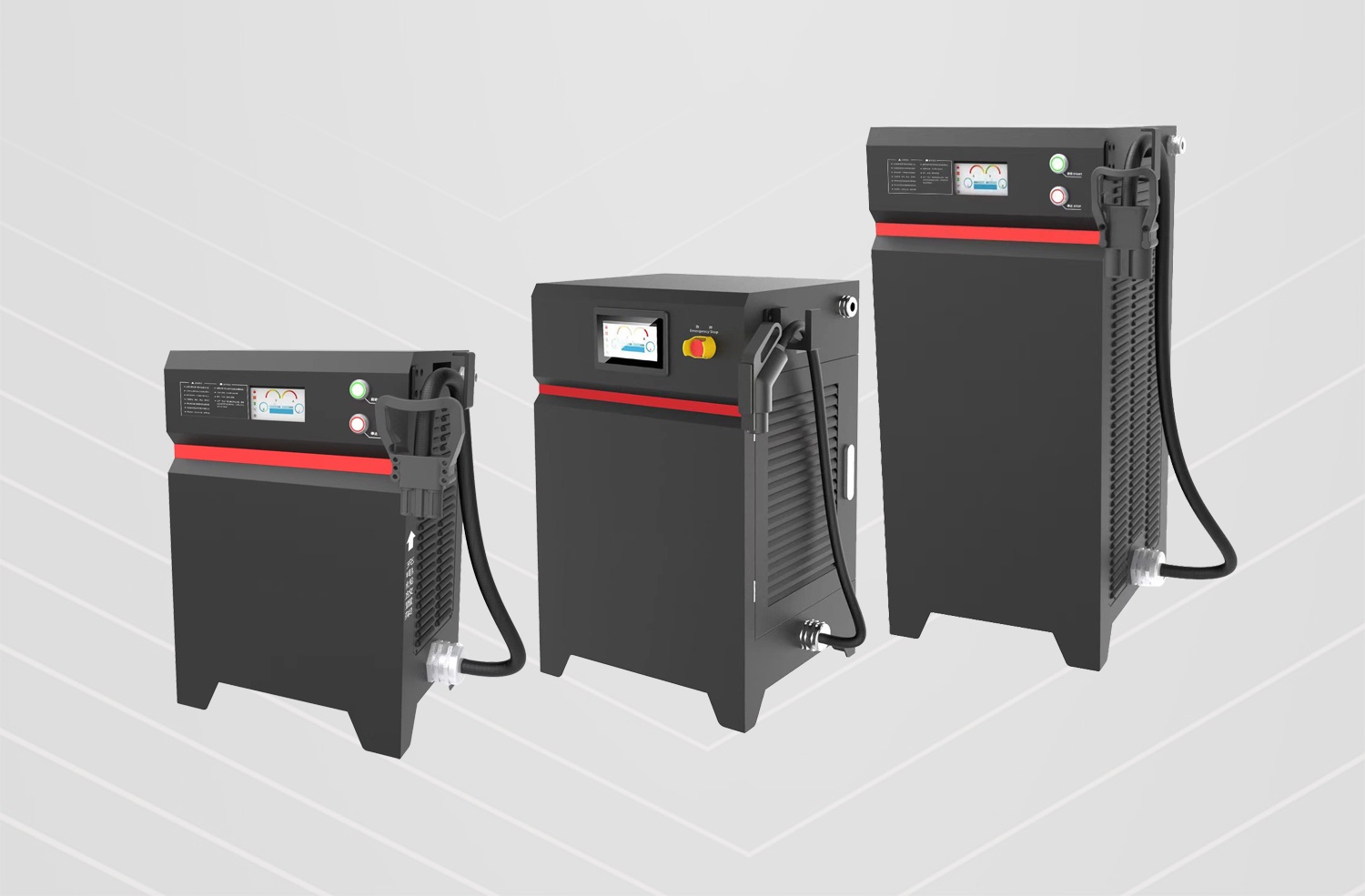
How to pick the right Forklift Battery Size and Forklift Battery Type for Lift Trucks
Let’s start with Brand. Normally the best option for your charger is to try to purchase the same brand charger as the battery if possible. This helps protect your warranty and ensures simpler and more effective technical support should it be needed down the road.
There are 4 key parts to selecting a Charger – on the input side – you need the building INPUT VOLTAGE and Phasing and on the OUTPUT side we need the Output Voltage and AH. The input side is determined by your building power. You may need to ask your electrician to help you with this – or read your building electrical box – normal input voltages in Canada for a forklift charger are 208/240V single or 3 phase or 600 Volt 3 Phase. The higher voltage the more efficient the charger will be and the lower cost per charge for your operation – so if you have the choice – select 600V 3 phase.
For the output side if you have a 48 Volt forklift and 48 Volt battery you need a 48 Volt charger – but what size AH output? – Generally follow this rule:
- For Standard charge – 17% of the Battery AH
- For Opportunity charge – 25% of the Battery AH
- For Fast Charge – 40% of the Battery AH
So for example if you have a 510AH battery:
- Std Charge – 87 Amp Output
- Opp Charge – 128 Amp Output
- Fast Charge – 204 Amp Output
Some other features in a charger to look for is a charger that monitors battery temperature and adjusts the charge rate when the temperature falls out of the normal range. This helps regulate temperature and prevent overheating the battery which has a direct impact on the life of the battery and run times.


